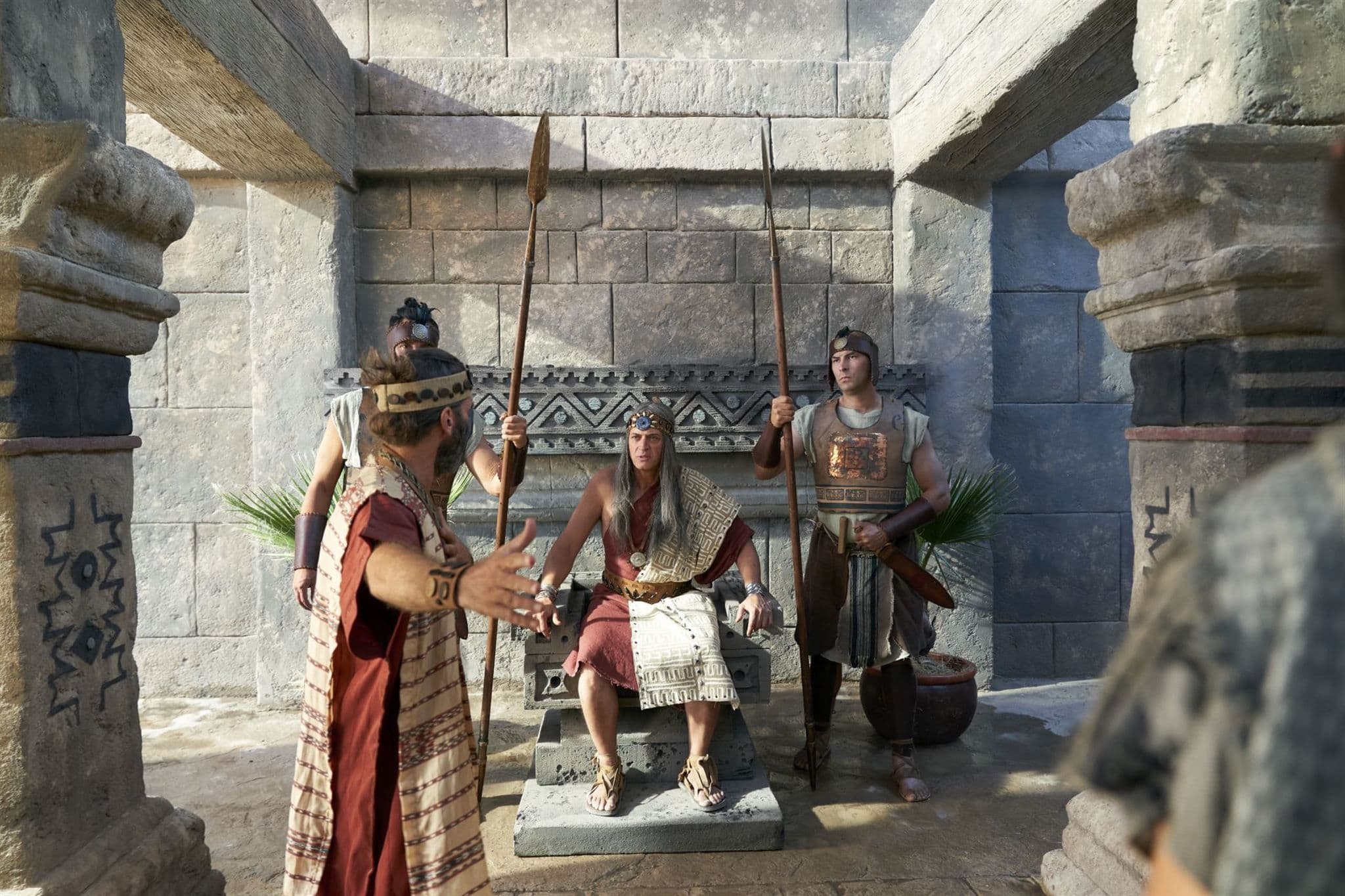Evidence #260 | October 25, 2021
Wordplay on Antion
Post contributed by
Scripture Central

Abstract
In separate narratives, two antion-based names in the Book of Mormon—Antionah and Antionum—can be seen as amplifying themes of greed. This is notable considering that the antion was a unit of gold in the Nephite monetary system.Antionah
When describing the Nephite monetary system, Mormon mentioned a unit of gold called an antion: “Now an antion of gold is equal to three shiblons” (Alma 11:19). Readers might notice that the name of the chief ruler (“Antionah”) who is discussed in the very next chapter (Alma 12:20) contains the complete name of the gold monetary unit (antion). This suggests that Mormon may have intended for readers to see a play on words here. The plausibility of this proposal is significantly enhanced by the fact that the name Zeezrom, another antagonist in this narrative (Alma 10:31), also contains the complete form of a Nephite monetary unit—in this case, the “ezrom of silver” (Alma 11:6).1
There were many judges, lawyers, and other religious leaders who participated in Alma and Amulek’s trial (Alma 14:18, 23, 27), including the chief judge of the land, who is referred to no less than ten times throughout Alma 14.2 Yet none of these other individuals, including the chief judge, are supplied with names. It seems to be no coincidence that the only named antagonists—Antionah and Zeezrom—bring to mind the very gold and silver that had corrupted the wicked rulers of Ammonihah, which is arguably one of the most prominent themes in the story (see Alma 10:32, Alma 11:3). As Mormon noted, it was their “sole purpose to get gain” (Alma 11:20).
Antionum
The only other Book of Mormon name containing the word antion is a land settled by the Zoramites, which they called Antionum (Alma 31:3). After witnessing the aberrant religious practices of the Zoramites, Alma “saw that they were a wicked and a perverse people; yea, he saw that their hearts were set upon gold, and upon silver, and upon all manner of fine goods” (v. 24). So, once again, greed and a worldly preoccupation with gold and silver are a major theme in a narrative featuring an antion-based name.3
Book of Mormon Onomastcion, “ANTION,” last updated November 22, 2015, online at onoma.lib.byu.edu.
Book of Mormon Onomastcion, “ANTIONAH,” last updated November 22, 2015, online at onoma.lib.byu.edu.
Book of Mormon Onomasticon, “ANTIONUM,” last updated November 22, 2015, online at onoma.lib.byu.edu.
Gordon C. Thomasson, “What’s in a Name? Book of Mormon Language, Names, and [Metonymic] Naming,” Journal of Book of Mormon Studies 3, no. 1(1994): 16.
Alma 11:19Alma 12:20Alma 31:3Alma 43:5Alma 43:15Alma 43:22Mormon 6:14- 1 See Evidence Central, “Book of Mormon Evidence: Wordplay on Zeezrom,” September 19, 2020, online at evidencecentral.org.
- 2 See Alma 14:4, 5, 14, 15, 16, 19, 20, 23, 24, 27.
- 3 As described by Thomasson, “What’s in a Name? Book of Mormon Language, Names, and [Metonymic] Naming,” 16, Antionum was a “big-money town or pride-in-wealth city” that was “home of the noveau riche bourgeois Zoramites.” For an in-depth exploration of the role that wealth and status play in the Zoramite narrative, see Parrish Brady and Shon Hopkin, “The Zoramites and Costly Apparel: Symbolism and Irony,” Journal of the Book of Mormon and Other Restoration Scripture 22, no. 1 (2013): 40–53. See also, Evidence Central, “The Narrative Symbolism of Apparel,” September 19, 2020, online at evidencecentral.org. For a related wordplay, which emphasizes the pride of the Zoramites from a different angle, see Matthew L. Bowen, “‘See That Ye Are Not Lifted Up’: The Name Zoram and Its Paronomastic Pejoration,” Interpreter: A Journal of Latter-day Saint Faith and Scholarship 19 (2016): 109–143.